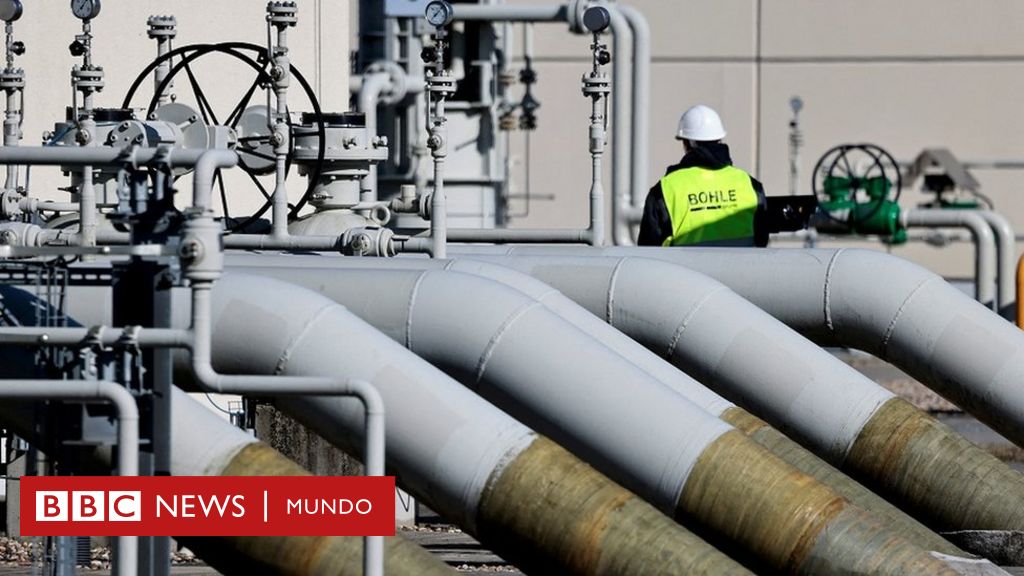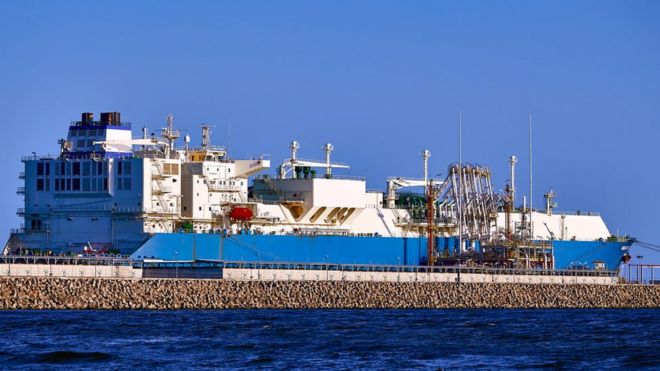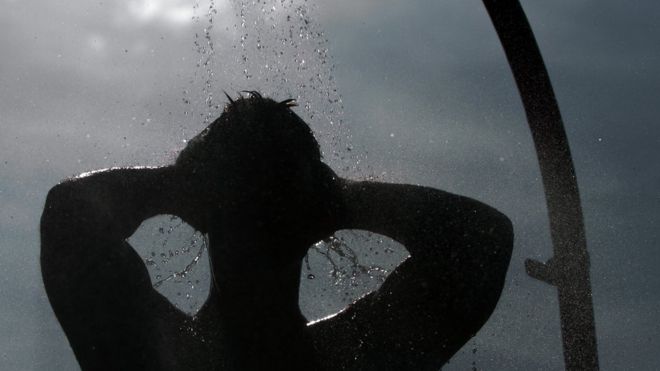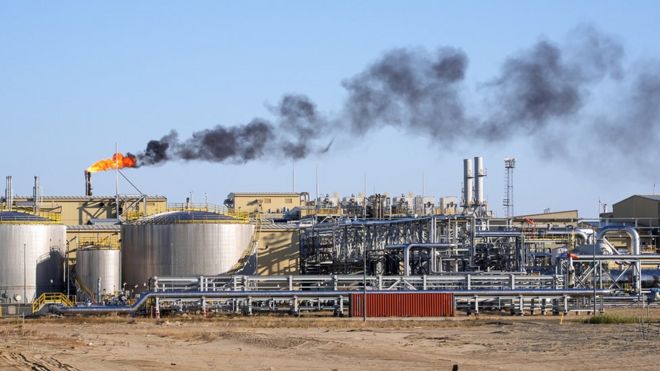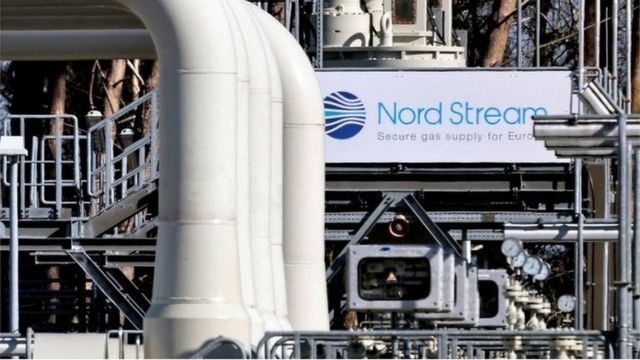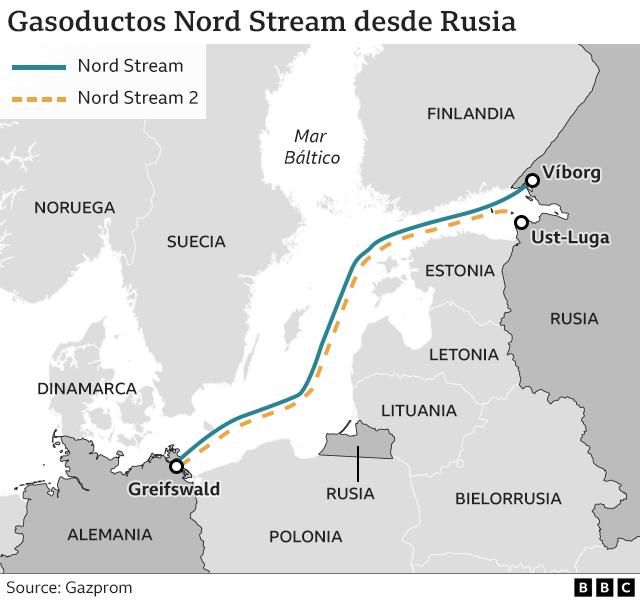Das mit den Gezeitenturbinen finde ich echt faszinierend. In dem Bericht den ich sah ging es um die Gegend nördlich von Schottland, südlich der Orkney Inseln, laienhaft gesagt, wo der Atlantik in die Nordsee fließt. Was die immerwährende Strömung da für eine Power hat kann man sich ja vorstellen. Nie Flaute wie bei Windenergie. Währe ein weiterer Mosaikstein der Energiegewinnung, aber ein fetter.
Atomkraft fand ich als Teenager auch schlimmer als heute. Damals ja auch gegen demonstriert. Letzt ist mir eine Zeile von Bob Marley aufgefallen, in "Redemption Song"
Emancipate yourselves from mental slavery
None but ourselves can free our minds
Have no fear for atomic energy
'Cause none of them can stop the time
Atomkraft fand ich als Teenager auch schlimmer als heute. Damals ja auch gegen demonstriert. Letzt ist mir eine Zeile von Bob Marley aufgefallen, in "Redemption Song"
Emancipate yourselves from mental slavery
None but ourselves can free our minds
Have no fear for atomic energy
'Cause none of them can stop the time

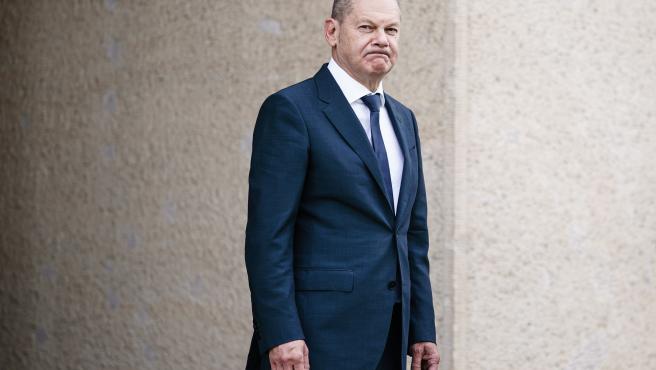



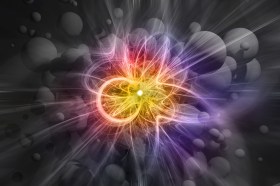
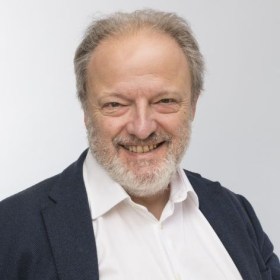
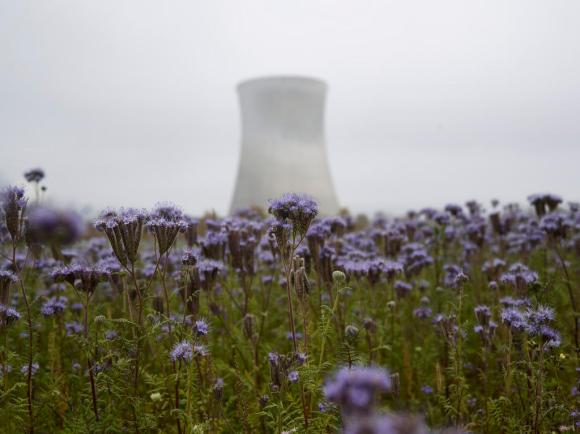


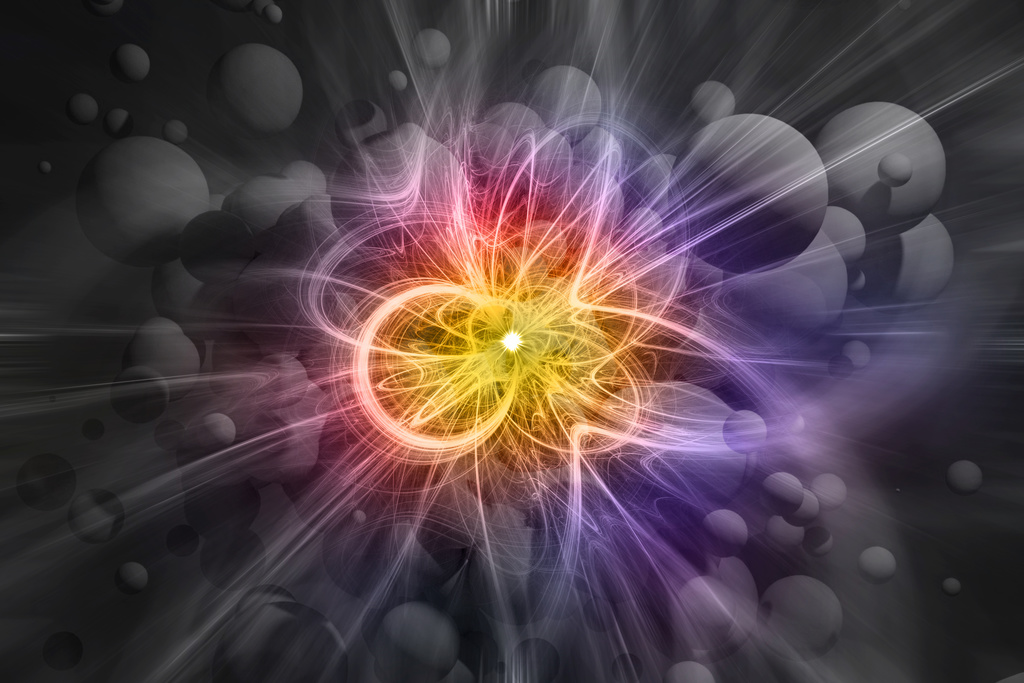

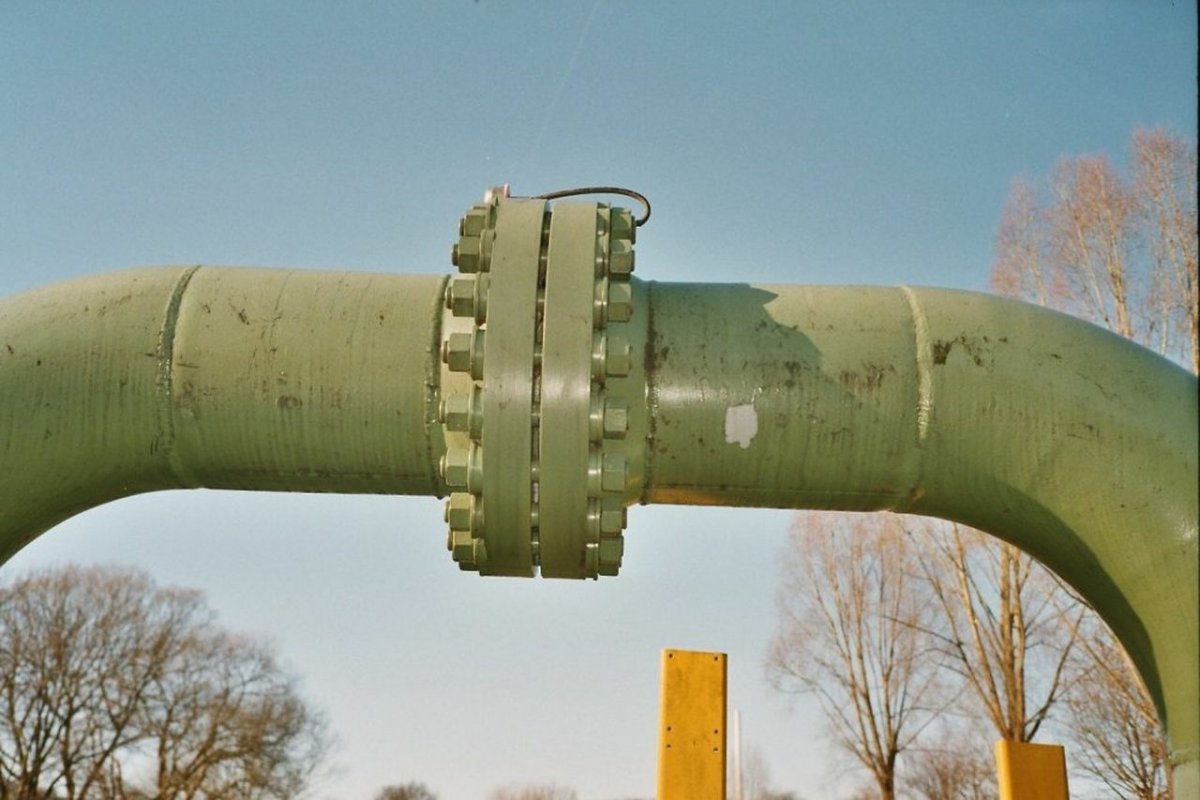

/cloudfront-eu-central-1.images.arcpublishing.com/prisa/HT6NYZRLEVGATNPBJ2TOWR5TUU.jpg)


/cloudfront-eu-central-1.images.arcpublishing.com/prisa/QJPPV3ZORS7MIHL5Y742DQQ2JQ.jpg)
/cloudfront-eu-central-1.images.arcpublishing.com/prisa/HT6NYZRLEVGATNPBJ2TOWR5TUU.jpg)




